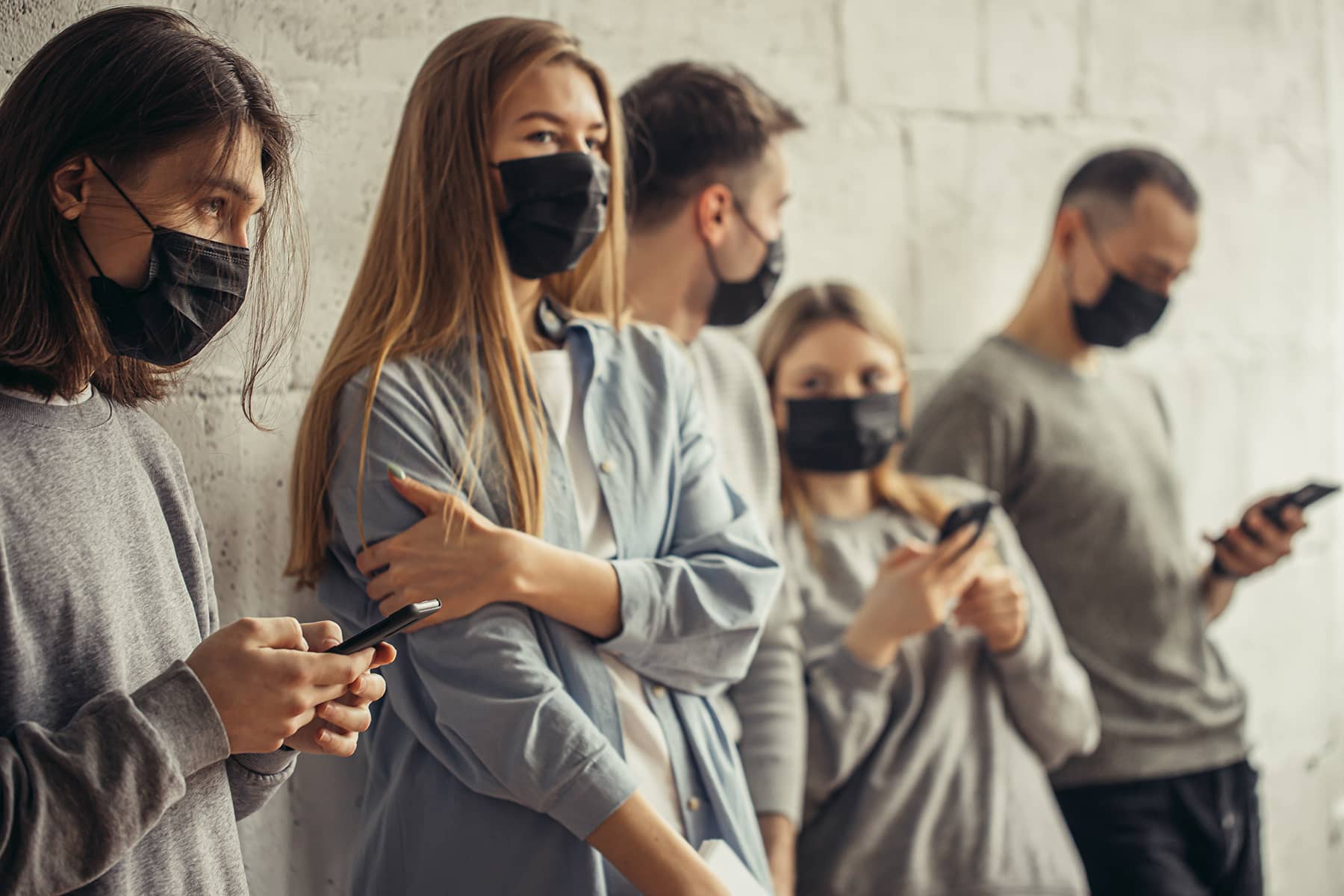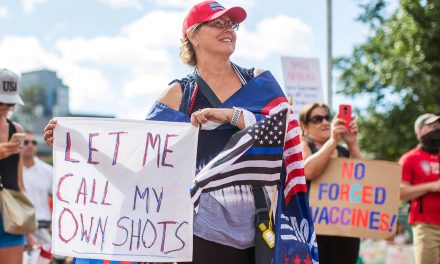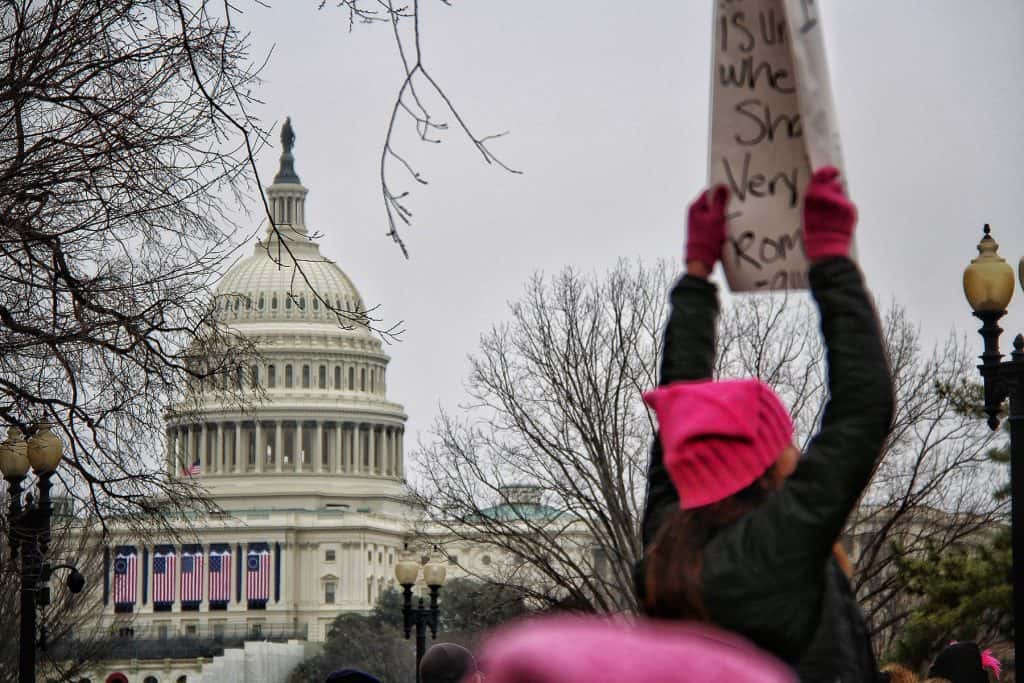
One-third of Wisconsin counties have high community levels of COVID-19, a federal designation that carries a recommendation for universal masking indoors away from home.
Those counties are home to more than half of Wisconsin residents and range from major metropolitan areas to much smaller and lesser-populated parts of the state.
The Centers for Disease Control and Prevention (CDC) updates county-by-county community levels of COVID-19 weekly. The designation combines the number of new COVID-19 cases in the county with hospitalizations for the illness.
Hospitalizations also continued to creep up over the last three months, according to the Wisconsin Hospital Association (WHA). As of Tuesday, the association reported 551 people were in hospitals across the state with COVID-19. The number of hospital patients with COVID-19 last bottomed out at 137 on April 18, WHA data show.
While the number of cases remains high, there are signs that the current trajectory of disease may be easing slightly, according to Dr. Ben Weston, a Medical College of Wisconsin professor and chief medical advisor for Milwaukee County.
The rate of people testing positive for COVID-19 has been declining, from slightly more than 15% at the beginning of August to about 13.5% currently. The Wisconsin Department of Health Services (DHS) reported over the seven-day period that ended Monday, Wisconsin has confirmed an average of 1,486 new cases per day.
Among people who are vaccinated for COVID-19, the risk for severe illness, hospitalization and death has continued to be much lower than for people without the vaccine, Weston said in an interview Tuesday, including with the virus variant that is circulating now, designated BA.5.
Nevertheless, more than 415 people in the U.S. die each day because of COVID-19, which puts it among the top five causes of mortality. Multiplied by 365 days in a year, “that’s over 150,000 deaths a year,” Weston said.
Official COVID-19 case numbers come from tests conducted by public health agencies and health care providers, including community testing programs and clinics. They don’t include the results of people who test positive with an at-home test and don’t bother with a confirmation test that would report the result officially.
“I don’t think our case numbers are reflecting the real number,” Weston said. “The fact of the matter is, our disease burden is incredibly high.”
He expects new variants to turn up, as they have been every two or three months.
New vaccines are on deck to roll out later this year. These ones will target the recent major variants BA.4 and BA.5, not just the original SARS-CoV-2 virus that gave rise to the pandemic in 2020.
“The presumption is that it will be a more powerful vaccine,” Weston said. “The gamble is our future variants will be mutations of the current one.”
That was not the case, however, with the variant known as omicron, which spread wildly at the end of 2021 and into early 2022. The current variants of the virus are offshoots of omicron.
The CDC’s guidelines recommend that where the COVID community level is “high” people should wear masks indoors away from home, regardless of whether or not they are vaccinated. Increasingly, however, that recommendation appears to be ignored, if members of the public are even aware of it.
“Few and far between are the places where you are not in the minority if you’re wearing a mask,” Weston observed.
“A lot of people want to get back to normal, and I get it,” he acknowledged. People who have been vaccinated and boosted and then experienced a mild breakthrough COVID-19 infection may come to view the illness as relatively benign.
In small gatherings with neighbors or members of his extended family, people who he’s confident are vaccinated or boosted, Weston said he has been willing to relax his own caution and forgo a mask.
“But if I go out to a large indoor gathering, or the grocery store, or somewhere I’m waiting in line or to a movie, I wear a mask,” he said. “What we know about acute COVID, what we know about long COVID, what we know about vulnerable folks in our community — there’s still reason to be cautious.”
Erik Gunn
Rоmаn Chаzоv
Originally published on the Wisconsin Examiner as COVID-19 levels and hospitalizations remain high where more than half of state residents live
Donate: Wisconsin Examiner
Help spread Wisconsin news, relentless reporting, unheard voices, and untold stories. Make a difference with a tax-deductible contribution to the Wisconsin Examiner














